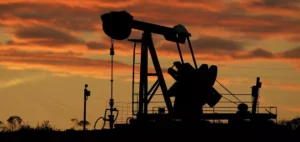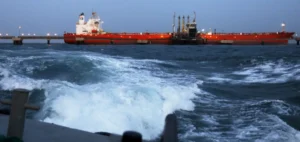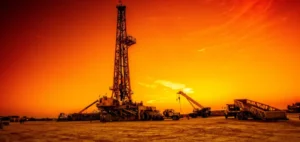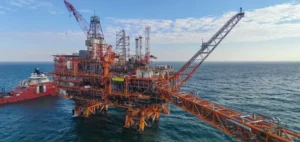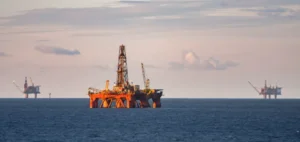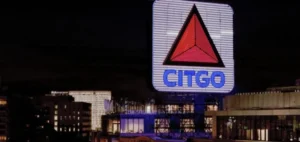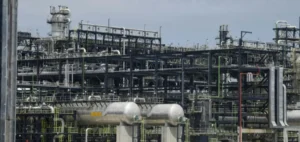BP has made a final investment decision for the Kaskida oil project in the Gulf of Mexico, marking a significant step towards the creation of a new production center planned for 2029.
The project aims to unlock up to 10 billion barrels of discovered resources, according to the company.
Located in the Keathley Canyon region, some 250 miles southwest of the coast of New Orleans, the Kaskida oilfield includes a new floating production platform capable of producing 80,000 barrels per day from six wells in the first phase.
Strategic Investment and Technological Capability
As BP’ s sixth center in the Gulf of Mexico, Kaskida paves the way for the development of 10 billion barrels of resources in the Kaskida and Tiber zones.
The decision to invest reflects BP’s confidence in the technological advances made since the discovery of Kaskida in 2006, including the ability to drill and hydraulically fracture high-pressure paleogenic reservoirs.
BP CEO Murray Auchincloss said the first phase of Kaskida will cost less than $5 billion to tap at least 275 million barrels of resources.
The decision is part of BP’s wider strategy to catch up with other companies’ intensive development of the basin.
Future prospects and related developments
The development of Kaskida will be followed by that of Tiber, another field discovered by BP in 2009.
Auchincloss has indicated that Tiber will be developed in a similar way to Kaskida to maximize capital productivity.
BP also plans to evaluate and develop other discoveries in the region, such as Guadalupe.
BP recently commissioned the second phase of the Mad Dog project in the Gulf of Mexico.
The continued development of Kaskida underscores BP’s commitment to capitalizing on the opportunities offered by high-pressure paleogenic reservoirs, using state-of-the-art technologies to meet the challenges of production in extreme environments.
Industry Impact and Outlook
BP’s investment decision comes as the industry turns its attention to paleogenic discoveries made a decade or more ago.
Chevron and Beacon Offshore are also advancing the development of high-pressure, high-temperature fields in the Gulf of Mexico, using recently developed technologies to produce efficiently.
With pressures of up to 20,000 psi, the Gulf of Mexico’s paleogenic fields require advanced technologies to operate.
BP currently owns 100% of the Kaskida project, but may consider selling a share to a strategic partner.
The Kaskida and Tiber developments strengthen BP’s position in the Gulf of Mexico, where the company is expected to produce around 300,000 barrels per day by 2023.
These projects demonstrate BP’s ability to innovate and invest in unconventional resources to ensure long-term sustainable production.
By capitalizing on its decades of experience and using the latest technologies, BP aims to transform paleogenic discoveries into significant sources of production, thereby contributing to global energy security.



